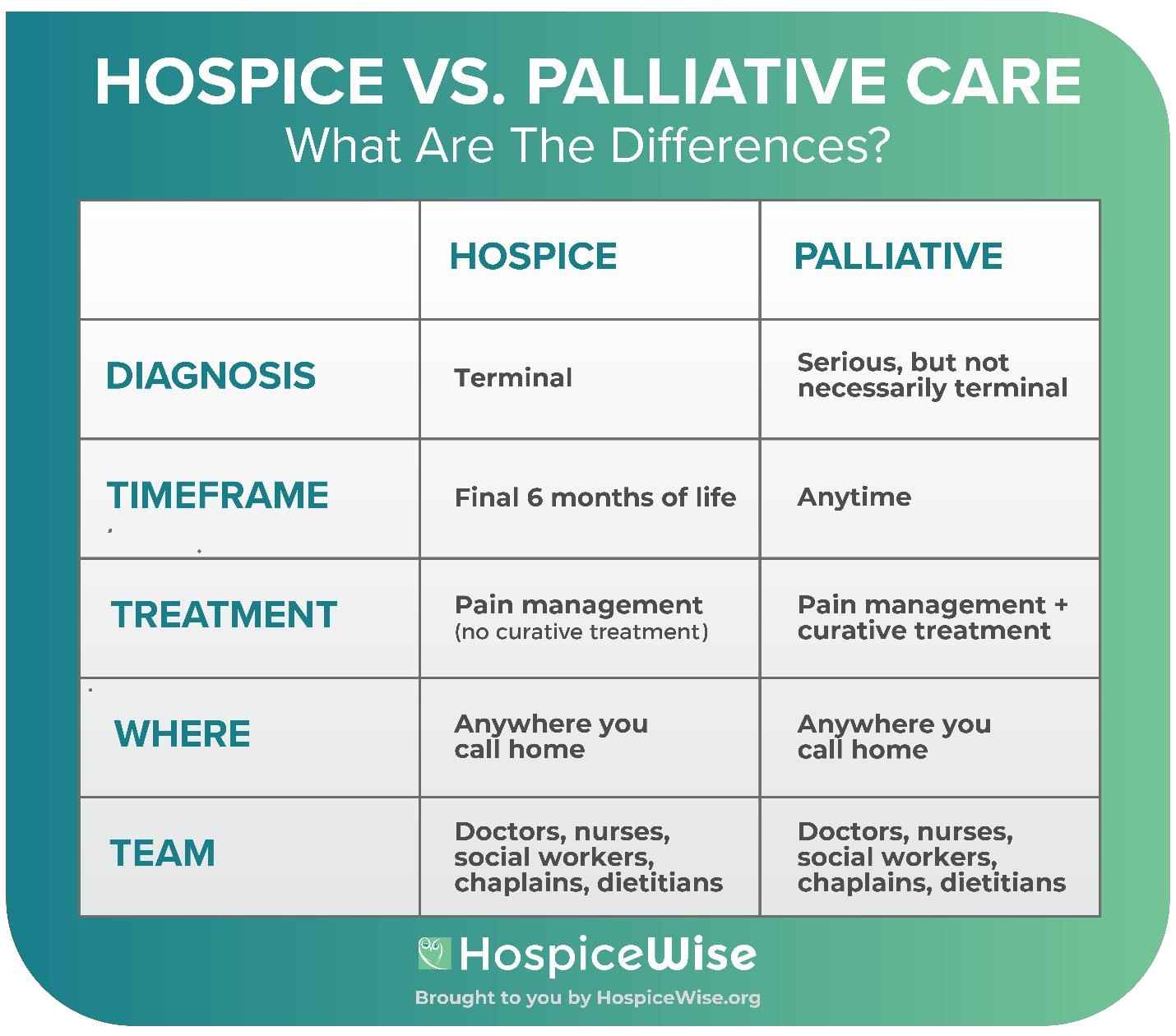A nurse is planning to reinforce teaching with a preschooler who is about to undergo an incision and
drainage for cellulitis on the left arm. Which of the following techniques should the nurse use?
Plan for a 30-min instructional session.
Schedule the instructional session for 24 to 36 hr before the procedure
Take the child on a tour of the surgery and recovery areas.
Help the child put a dressing on a doll.
The Correct Answer is D
Nursing Test Bank
Naxlex Comprehensive Predictor Exams
Related Questions
Correct Answer is B
Explanation
Jaundice.
Rationale:
- A. Weight loss is not a common or serious adverse effect of valproic acid. Valproic acid can cause weight gain, not weight loss.
- B. Jaundice is a sign of liver damage, which is a serious and potentially fatal adverse effect of valproic acid. Valproic acid can impair fatty acid metabolism and mitochondrial function, leading to hepatotoxicity and steatosis. The nurse should monitor the client's liver function tests and report any signs of jaundice, such as yellowing of the skin or eyes, dark urine, or clay-colored stools .
- C. Bradycardia is not a common or serious adverse effect of valproic acid. Valproic acid can cause cardiac arrhythmias, but they are usually tachycardic, not bradycardic.
- D. Polyuria is not a common or serious adverse effect of valproic acid. Valproic acid can cause hypernatremia and hypocalcemia, which can affect urine output, but polyuria is not a specific symptom of these electrolyte imbalances.
Correct Answer is A
Explanation

Hospice care includes bereavement support for the family for up to a year after the client's death.
- B is incorrect because the hospice nurse does not administer pain medication, but rather teaches the family how to manage the client's pain at home.
- C is incorrect because respite care is one of the services that hospice provides to allow the family to take a break from caregiving.
- D is incorrect because hospice care does not aim to prolong life, but rather to provide comfort and quality of life for the client and the family.
Whether you are a student looking to ace your exams or a practicing nurse seeking to enhance your expertise , our nursing education contents will empower you with the confidence and competence to make a difference in the lives of patients and become a respected leader in the healthcare field.
Visit Naxlex, invest in your future and unlock endless possibilities with our unparalleled nursing education contents today
Report Wrong Answer on the Current Question
Do you disagree with the answer? If yes, what is your expected answer? Explain.
Kindly be descriptive with the issue you are facing.
